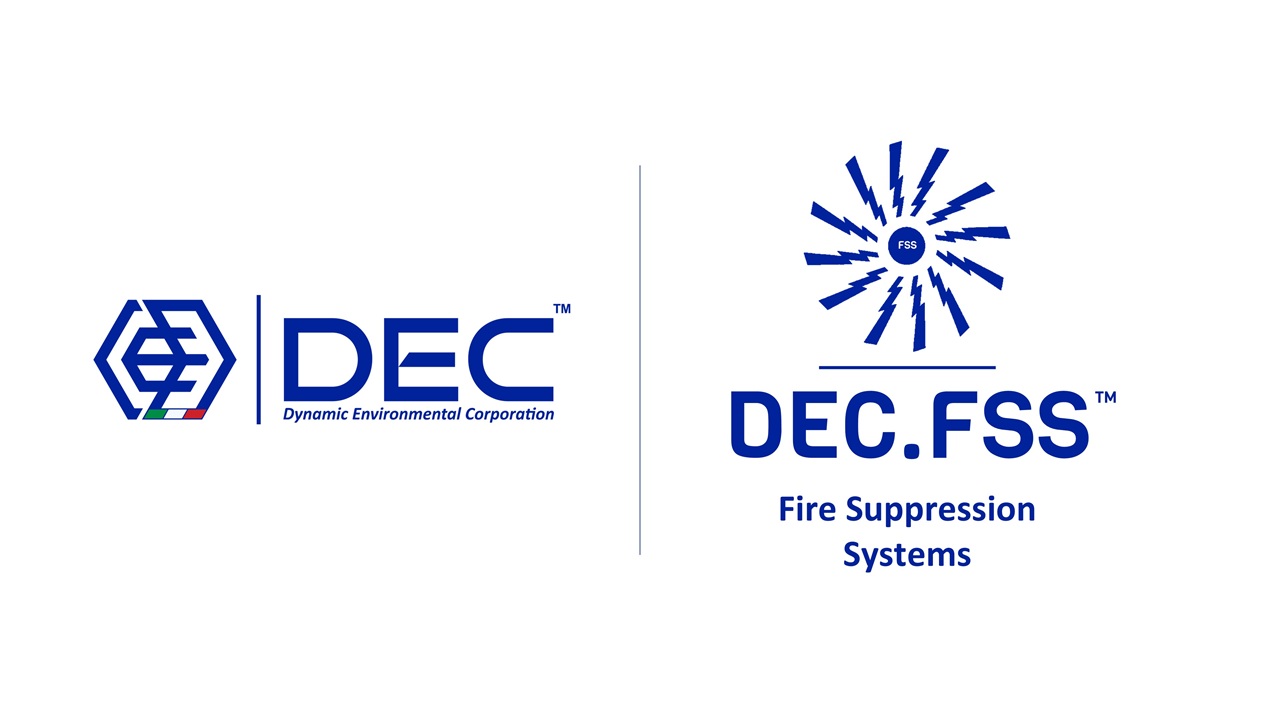
advanced Fire Suppression Systems for Solvent Recovery
DEC.FSS™
In gas-phase activated carbon (AC) adsorption systems, such as Solvent Recovery Units (SRUs), fire risks arise from self-heating, hotspot formation, thermal runaway, self-ignition, smouldering, or flaming combustion within the activated carbon bed. This article evaluates the efficacy and safety of two fire suppression methods: nitrogen injection and water deluge. The analysis demonstrates that an automatic nitrogen injection system, operating in a closed loop, is far superior to any water deluge systems. Water deluge introduces risks of overpressure, potential adsorber explosion, formation of hazardous gases (CO and H2), structural overload, drainage issues, and carbon washout. Nitrogen injection mitigates these risks by inerting the atmosphere, cooling the bed, and avoiding structural and chemical complications. The article includes calculations for hotspot oxidation, gas generation, structural loading, drainage sizing, and rupture disk venting, supported by rationale for monitoring challenges and system design.
DEC has a long and proud history of fearless innovations: our roots go back to 1946 (Milan, Italy). Our unwavering dedication lies in the creation and advancement of cutting-edge sustainable technologies and processes that safeguard the environment. Our vision has been to establish a corporate entity that evolves into the worldwide frontrunner in pollution control, specifically in VOC recovery units (SRU). Throughout the years, we have remained committed to this pursuit, driven by our passion for environmental protection and innovation.

DEC.FPS™ • Fire Prevention & Detection
Refer to the available specific modules: DEC.FPS™ • Fire Prevention Systems
DEC.FSS™ • Fire Suppression System Requirements
The primary goal of a fire suppression system in an activated carbon adsorber is to extinguish fires or control hotspots while preventing catastrophic failures such as explosions or structural collapse. Key hazards include:
The two suppression methods evaluated are:
DEC.FSS™ • Nitrogen Injection System
DEC.FSS™ • Water Deluge System
DEC.FSS™ • LTKW
Ensure the longevity and safety of your Solvent Recovery Units (SRUs) with our comprehensive fire suppression solutions. Mitigate the risks associated with activated carbon self-heating and hotspot formation by understanding how fire suppression systems work in SRUs and implementing robust fire protection. Explore different types of fire suppression for solvent recovery, including the advantages of nitrogen fire suppression in SRUs compared to the disadvantages of water deluge in SRU fire suppression. Our advanced fire prevention systems for solvent recovery offer early fire detection methods (DEC.FPS™) and are designed to prevent thermal runaway in SRU activated carbon beds. Comply with regulations for fire suppression in VOC recovery units and invest in the best deals on fire suppression for activated carbon beds.
DEC.FSS™ • contact DEC
Contact DEC for SRU fire safety solutions and get a quote for SRU fire suppression systems to fit or upgrade your fire suppression system in your existing SRU and purchase fire safety equipment for gas-phase SRUs.
